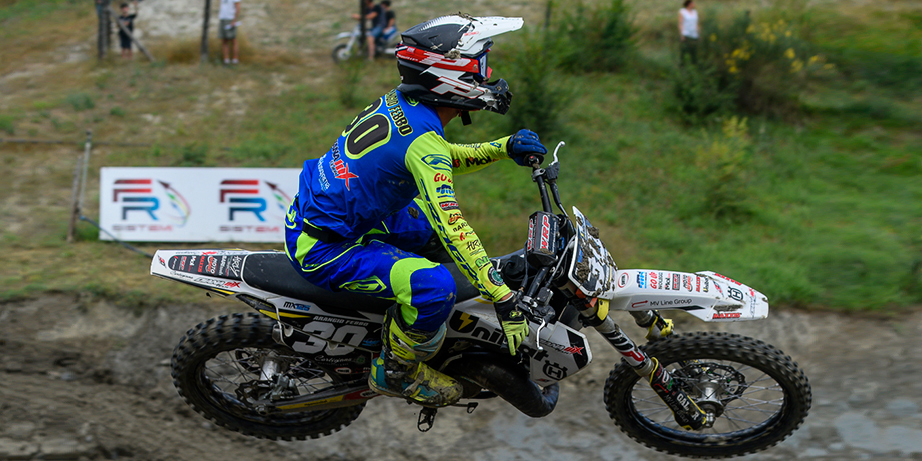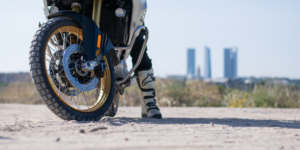The helmet is the most important element of a motorcyclist’s clothing, and on off-road it could not be different. It is the only security component where we cannot have the slightest doubt in terms of security. Economically, it is up to each one to find a helmet that brings together essential and decisive safety aspects combined with a competitive price.
The off-road helmets have some characteristics that you must take into account when choosing the most appropriate for your use.
There are three elements in common, whatever the discipline to be practiced, that you should consider when choosing your helmet. The exact fit to your head size, the closure system and certified approval.
The off-road helmets that are used for enduro or motocross are open at eye level because they are complemented by mask-type goggles. In the market there is a wide variety of models, colors and crystals. Comfort and fit is essential, a wide field of vision and the helmet grip system so that it does not slide behind, are details that make the difference.
Trial helmets leave the face clear, without chin protection. This discipline requires the pilot a very broad vision. They hardly ever wear glasses and weight is very important to avoid imbalances in this peculiar discipline.
Choosing the size seems like an easy task: you measure the circumference of your head and compare it with the manufacturer’s table according to its standard of S, M, L or the corresponding one. But you have to take into account details such as the material of its interior, hardness, durability. Think that a helmet that now fits you later with use begins to take up gaps that you did not expect and becomes a nuisance. Remember that off-road helmets require a higher rate of hygiene / cleanliness than one for street or road use and that tends to soften the interior of it.
The closure system for an off-road helmet, according to our criteria, must be double-ring. In addition to the security plus, you should think about practical aspects such as small pebbles being introduced into the closing spring and then making it difficult to open.
Another element is the protective visor, which protects you from the sun and from hanging elements such as branches, mud and loose stones given off by the one in front. Make sure its fit is firm, there is no worse distraction than dancing before your eyes from a visor about to come off.
Finally, the homologation of the helmet in the organisms authorized for this purpose according to its origin. ECE / ONU R22 for Europe, DOT and Snell for USA, NVR 7471 for Brazil, AS 1698-2006 for Australia, SG or JIS for Japan, CSA CAN3-D230-M85 for Canada are some examples.
And do not forget that helmets also expire, either because they get old, shock, atmospheric conditions of use. Keep this in mind and do not play with your security.







